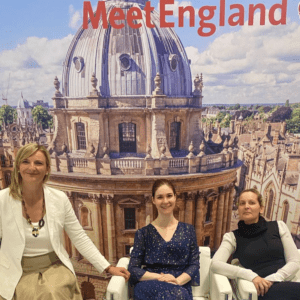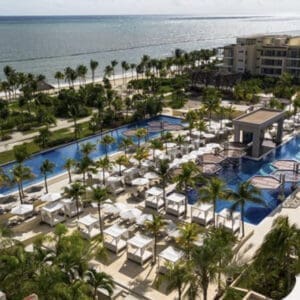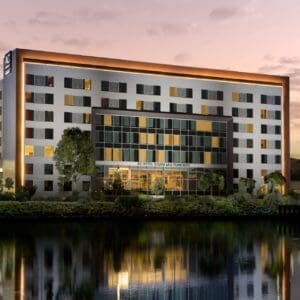
Earlier this year, the Moroccan Central Bank (Bank Al-Maghrib) introduced the gradual floatation of the Moroccan Dirham, providing more flexibility to real estate investors and paving the way for a more buoyant real estate market in the year ahead.
According to JLLÕs, Morocco 2018 report, the bank widened the official band within which the dirham may fluctuate to 5 percent, with a maximum daily move of 2.5 percent above or below the official rate. As part of a broader monetary reform, this move is intended to bolster the competitiveness of MoroccoÕs economy and will potentially position the country as a regional economic hub, and the gateway to Africa.
The Moroccan economy is expected to record real growth of 4% in 2018, primarily driven by increased domestic consumption and public investment, highlights the report. The economy has attracted increased levels of FDI yearly since 2005 (with the exception of 2015) with real estate attracting around half of the total FDI.
The significant increase in FDI aligns with the Moroccan governmentÕs Vision 2020 outlining MoroccoÕs goals of becoming one of the worldÕs 20 leading tourist destinations by 2020. Almost 40% of foreign investment is from the GCC region, with a significant proportion of this total being invested in the real estate sector. ÒThe reforms introduced by the Moroccan government, will have a ripple effect on the real estate sector, as investors across all sectors now have the opportunity to be more flexible in their decision making,Ó said Craig Plumb, Head of Research, JLL MENA.
ÒIf the currency softens against the USD and the Euro, this will effectively make Moroccan property cheaper for investors from markets denominated in these currencies and attract further FDI into the real estate sector across Morocco and most specifically into Casablanca,Ó he added.
Another factor likely to result in additional investment into the real estate sector is the launch of REITÕs, that will reduce the level of investment required to own real estate and therefore expand the market to a wider range of investors.
Although there are no listed REITs on the Moroccan stock exchange as of yet, the merger of VLV and Petra in 2017 resulted in the creation of a new commercial real estate platform comprising of 27 assets (with a total GLA of more than 215,000 sqm) across 15 cities in Morocco.
Grit real estate income group (previously known as Mara Delta) has also announced plans to list its Moroccan assets separately as a REIT (with Anfa Place being a prime asset in its portfolio).
ÒREITs will boost the demand for investment in the office market. Casablanca is MoroccoÕs main commercial centre and has a significantly bigger office market than the capital Rabat. With many national and international companies located in the city there is a growing need for modern office space in Casablanca,Ó said Craig Plumb.
The retail market in Casablanca is largely dependent on street retail, however, organised retail malls are becoming increasingly preferred, reflected in the high footfall levels across major centres such as Morocco Mall and Anfa Place Shopping centre. ÒThe continued move towards retail malls will create future opportunities for both developers and investors,Ó said Plumb.
CasablancaÕs hospitality market is largely dependent on business travellers and has relatively limited hotels in the luxury segment. Occupancy rates recovered in 2017 from 62% in 2016 to 66% in 2017, owing to the performance of the 4-start hotel segment catering to conferences and exhibitions across the city.
ÒWith the governmentÕs vision 2020 of converting Morocco into one of the worldÕs hottest tourist destinations by 2020, occupancy rates seem to be growing positively. We look forward to seeing strong results in the hospitality market this year as performance shows an upward trajectory,Ó he added.
Being the gateway location between Europe and Africa, Morocco has attracted a number of major international manufacturers such as Renault Nissan investing into the key industrial areas. The government launched an industrial acceleration program in 2014, which is designed to generate half a million jobs in the industrial sector that will in turn significantly increase MoroccoÕs GDP as well as providing further opportunities for real estate developers and investors.















